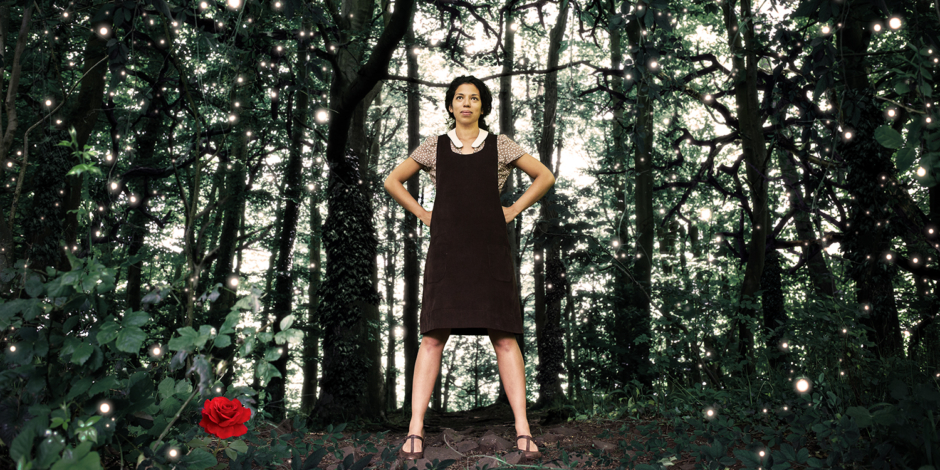
Although film versions may cloud the imaginations of audiences for the Tobacco Factory’s Christmas season production of Beauty and the Beast the original story is likely to have evolved several thousand years ago. One theory is that its original theme may be a collective folk memory of our encounters with Neanderthals as we populated Europe after the last Ice Age. How true that is up for debate but like most fairy stories its roots lie in the dark forests of an ancient world. Then wild animals were to be feared, hunted and revered – often being given human characteristics.
The universal story became crystallised when it was incorporated and retold in France in the 18th century in a collection of stories penned by Gabrielle-Suzanne Bardot de Villeneuve after which several versions were published by various authors. Each time the story was embellished by the new writer it was in order to satisfy the growing expectations of potential readers with an eye on sales. Themes include animalistic fantasies associated with ancient folk stories, arranged marriages, sibling jealousy, the desire for wealth and luxury, of not judging people on their looks and of goodness eventually triumphing over evil. These remain at the core of the story but the back story to Beauty’s life as a child in a large family, whether or not she has a suitor before meeting the Beast, and also how the Beast is actually portrayed, vary throughout the numerous TV and film version.
A red rose is the one ingredient that has remained constant within the narrative – a gift of dramatists and designers of posters and programmes. Beauty lives with her impoverished family after their father’s business collapses. He meets the wealthy Beast and makes a promise that his daughter will marry him in order to restore the family fortunes. Beauty’s only wish is not for luxuries but for a red rose as they don’t grow where she lives. Following her visit to the Beast’s house she secretly wishes to return home despite the Beast’s hospitality and romantic overtures. She returns home with a magic mirror and ring. The mirror allows her to see the Beast is dying of heart ache so she returns to the Beast but discovers he is in fact a handsome prince who has been turned into a monster by a magic spell. OK – that’s some of the content of the story – there are several variations so it will be interesting to see this one. The publicity image shows the actor playing Beauty along with a forest and red rose – so those are featured – and it should be said the actor is of course beautiful.
Last year’s dark retelling of Cinderella by the theatre was criticised by this magazine for being aimed too much at adults and being too scary for small children so it will be interesting to see if this play reaches out to five years olds. Directed by Alex Byrne with musical direction by Elliot Davis the cast features Martin Bonger as the Beast and Sara Lessore as Beauty – or rather Belle – the name given to the protagonist in most versions. The Tobacco Factory Theatre has teamed up with New International Encounter and Cambridge Junction for this “mischievous and music-filled co-production.”
It runs from Thursday, 30 November 2017 to Sunday 14 January 2018.
Harry Mottram
Age: 5+
To book tickets or for more information visit https://www.tobaccofactorytheatres.com/shows/beauty-and-the-beast/


You must be logged in to post a comment.